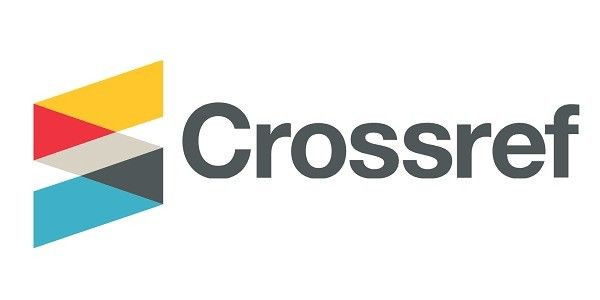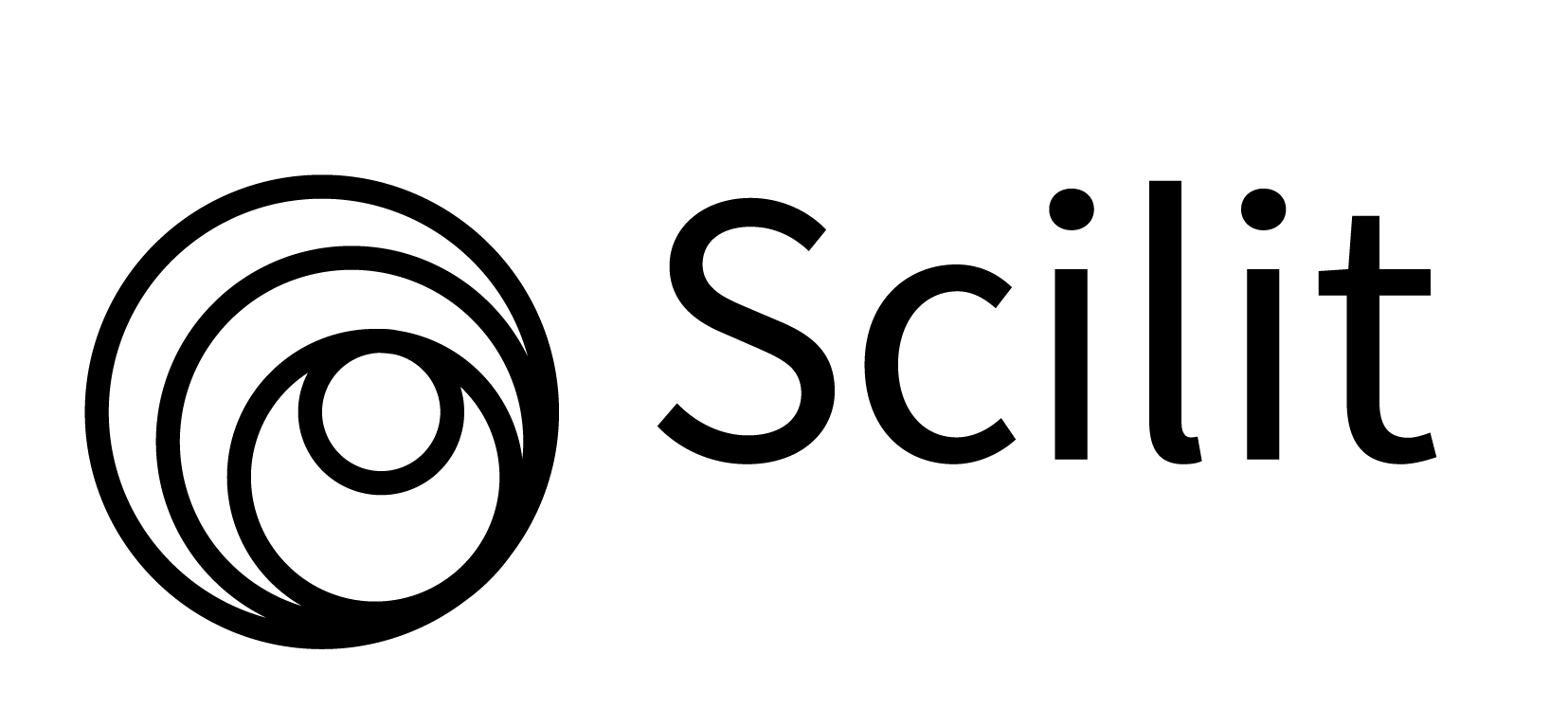Case Report
Role Of Bone-Abrasion In Wound Bed Preparation In Pediatric Scalp Electrical Burns
- Ravi Kumar Chittoria
Corresponding author: Ravi Kumar Chittoria
Volume: 1
Issue: 1
Article Information
Article Type : Case Report
Citation : Ravi Kumar Chittoria, Sure. Navya Sri Sai Reddy, Barath Kumar Singh P. Role of Bone-Abrasion in Wound Bed Preparation in Pediatric Scalp Electrical Burns. Journal of Medical and Clinical Case Reports 1(1).
Copyright: © 2023 Ravi Kumar Chittoria. This is an open-access article distributed under the terms of the Creative Commons Attribution License, which permits unrestricted use, distribution, and reproduction in any medium, provided the original author and source are
DOI: https://doi.org/10.61615/JMCCR/2023/DEC027141214
Publication History
Received Date
30 Nov ,2023
Accepted Date
09 Dec ,2023
Published Date
14 Dec ,2023
►Role of Bone-Abrasion in Wound Bed Preparation in Pediatric Scalp Electrical Burns
Introduction:
In the developed world, electrical burns constitute 3–5% of all burn cases; in developing countries, this ratio increases up to 21–27% [1], and the mortality rate is reported to be between 3.75% and 58.8% [2]. Approximately one-third of the electrical burns occur in electrical workers, one-third in construction workers, and the last third in children playing at home. Most acute burns are life-threatening and initially require resuscitation, followed by various types of surgical interventions such as eschar excision or split-thickness skin grafting, depending on the size, location, and depth of the lesion. The process injures the top layer of bone and causes it to bleed at points. Large full-thickness defects with exposed bone need a flap cover to cover the defect. Before proceeding with flap cover, a patient needs debridement of an unhealthy wound bed. When a scalp defect with exposed bone post electrical burns, the outer layer of bone is necrosed. The discolored bone with sloughed-out periosteum needs chiseling of the exposed bone to remove the outer layer of the bone to prepare for wound cover with flap. If the scalp bone was infarcted at full thickness, all infarcted bone was debrided. In this article, we report the use of Bone-Abrasion in the Wound bed preparation of scalp defects from electrical burns.
Material and Methods
This study was conducted in the Department of Plastic Surgery in a tertiary care institute. Informed consent was obtained from the patient under study. Department scientific committee approval was obtained. It is a single-center, non-randomized, non-controlled study. The patient under study was an 8-year-old male with no other known co-morbidities who presented with 30% TBSA electrical burns. The entry point was his Scalp Vertex parietal calvarium (figure 1),

Figure 1: At Admission
and the exit point was his right foot. He was managed by standard WHO international guidelines for burn care and resuscitation. The scalp electrical burns were the deeper burns that involved up to the calvarium. His calvarium was exposed and devoid of periosteum, along with unhealthy tissues and a discolored top layer of bone (Figure 2).

Figure 2. Exposed calvarium with unhealthy tissue and discolored bone debrided with burr tip drill bit.
Dermabrasion was done on the exposed calvarium until bleeding points were encountered (figure 3).

Figure 3. Bone abrasion of Outer table of the skull.
In our case, Bone scan showed full thickness bone infarct in the vertex region of the scalp bone. As the whole thickness of the bone was infarcted, the outer and inner table of the skull bone was abraded with a rotating burr drill (figure 4).

Figure 4. Bone- Abrasion of Inner table of skull
Biological scaffold dressing (Integra used in our case- figure 5) was applied to cover the exposed dural layer to promote granulation, followed by Vacuum dressing applied after Bone-abrasion. Bone-Abrasion is a technique that uses a wire brush or a diamond wheel with edges called a burr or fraise to remove the upper layers of the bone. The brush or burr rotates rapidly, taking off and leveling the top layers of bone. The cost of a bone abrasion drill bit and machine is around 1.5 lakh Indian rupees, along with a handle and multiple drill bits.
_1702126138.jpg)
Figure 5. Biological Scaffold (Integra) application of exposed Dural layer
Results
Bone abrasion with the round burr tip drill helps in removing the top layer of the bone till the bleeding point appears without damaging the normal bone. In our case, the whole thickness of the bone was infarcted, which leads to the removal of all infarcted bone by bone abrasion. The postoperative period was uneventful.
Discussion
Approximately one-third of the electrical burns occur in electrical workers, one-third in construction workers, and the last third in children playing at home. Most acute burns are life-threatening and require various types of surgical interventions, such as eschar excision or split-thickness skin grafting, depending on the size, location, and depth of the lesion [3]. Bone- Abrasion is a technique that uses a wire brush or a diamond wheel with edges called a burr or fraise to remove the upper layers of the skin or bone. The brush or burr rotates rapidly, taking off and leveling the top layers of the skin or bone. Bone-Abrasion of exposed bone improves vascularity and provides the wounded area with undifferentiated mesenchymal cells that have the capacity to transform into migratory fibroblasts. When fibroblasts migrate into a wound, they are closely followed by new capillary formation from endothelial budding, and the typical picture of a granulating surface appears. The fibroblasts synthesize collagen, mucopolysaccharides, and glycoproteins to form new connective tissue[4]. It is over this tissue that the subsequent migrating epithelial cells pass.
Conclusion
In Electrical burns, bone abrasion with a burr tip drill was found to be useful in the debridement of the unhealthy outer and inner table of bone without damaging the surrounding healthy bone.
Download Provisional PDF Here
PDF




p (1).png)




.png)




.png)
